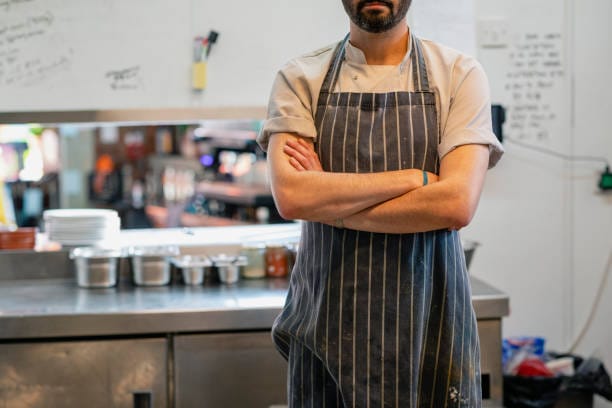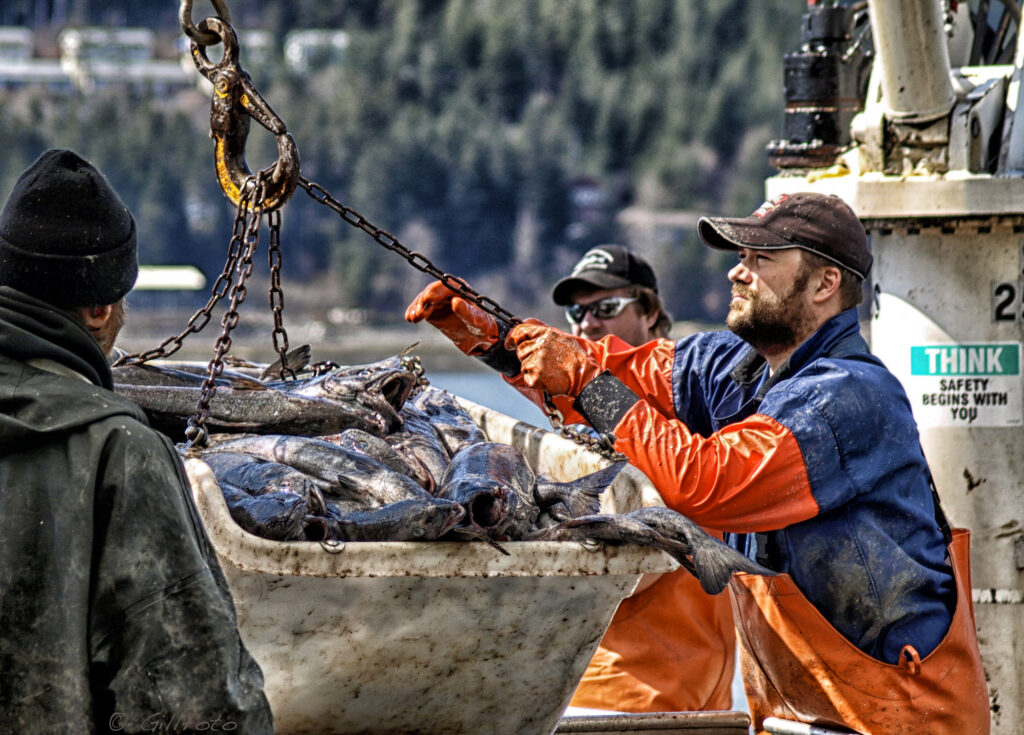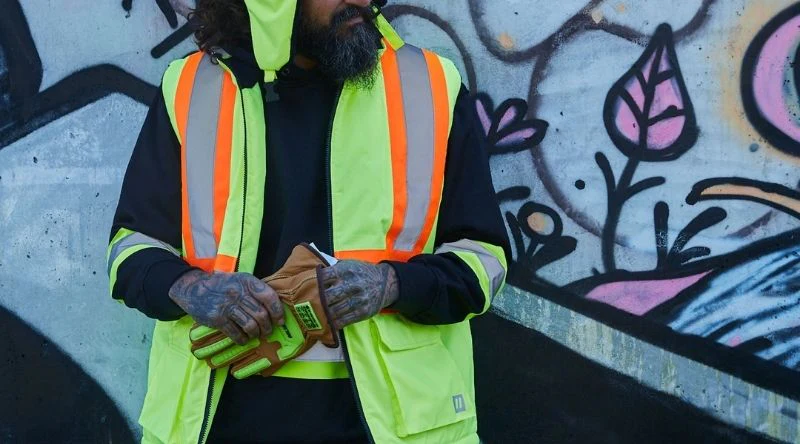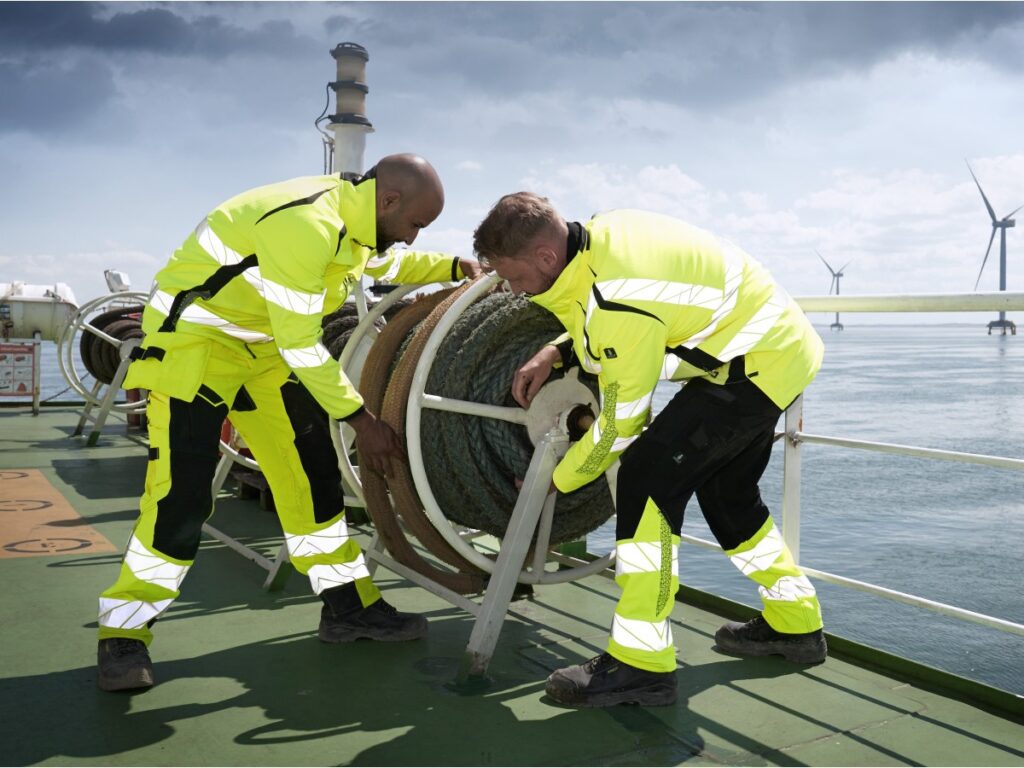
I once had a chef client in Canada tell me, “Zion, in a kitchen, everything is hot, sharp, or slippery—sometimes all three at once.” That’s the reality of commercial kitchens. And while skill and speed are essential, so is protection. Kitchen protective clothing isn’t just part of the uniform—it’s part of the safety system.
Kitchen protective clothing refers to specialized garments and gear worn in commercial kitchens to protect workers from burns, cuts, slips, and contamination. It includes aprons, gloves, jackets, pants, shoes, and hairnets—all designed to keep kitchen environments safe and hygienic.
When chosen right, it does more than prevent injuries—it boosts professionalism, hygiene, and even kitchen morale.
Common Types of Protective Clothing Used in Commercial Kitchens
From the prep line to the dish pit, different jobs call for different gear.
Typical kitchen protective clothing includes flame-retardant chef jackets, cut-resistant gloves, waterproof aprons, slip-resistant shoes, hairnets, beard covers, and breathable pants. Disposable items like gloves and sleeves are also used for hygiene.
Here’s a quick rundown:
| Protective Item | Function |
|---|---|
| Chef Jacket | Heat-resistant, protects against splashes |
| Waterproof Apron | Shields against boiling water or oil |
| Slip-Resistant Shoes | Prevent falls on wet or greasy floors |
| Cut-Resistant Gloves | Protect during slicing and prep |
| Hairnet/Beard Cover | Keeps hair out of food |
| Kitchen Trousers | Often flame-resistant, flexible, and breathable |
| Disposable Gloves | For sanitation during food handling |
One restaurant client once told me they used to buy regular workwear for the kitchen—but when two cooks burned themselves in one month, they switched to professional kitchen PPE. Safety pays off.
Key Features to Look for in High-Quality Kitchen Safety Wear
Not all protective clothing is created equal—especially in a kitchen where you need to move fast and stay cool.
Good kitchen PPE should be heat-resistant, breathable, easy to clean, lightweight, and durable. Look for reinforced seams, anti-slip soles, adjustable fits, and materials that meet food safety requirements.
Here are the features I usually recommend to buyers:
- Double-breasted chef coats for better heat protection
- Oil-resistant soles for kitchen floors
- Elastic waistbands and vented jackets for comfort during long shifts
- Color-coded gear to separate meat/dairy/vegetable handling staff
- Antimicrobial fabric finishes to reduce odor and bacteria
Trust me—kitchen staff can feel the difference between good gear and cheap gear. And they’ll respect you more when they know you’re keeping them safe and comfortable.
How Protective Clothing Helps Prevent Burns, Cuts, and Contamination
One small splash of hot oil. One wrong cut. One unnoticed hair in a customer’s soup. Any of these can lead to injuries, lawsuits, or even business shutdowns.
Protective kitchen clothing prevents direct exposure to hot liquids, sharp tools, and harmful bacteria—reducing the risk of workplace injuries and food contamination.
Here’s how it works:
- Heat-resistant jackets and aprons shield against burns from ovens, stoves, and hot pans
- Cut-proof gloves reduce slicing injuries during meat or vegetable prep
- Hairnets, sleeves, and gloves keep stray particles out of food
- Slip-resistant shoes prevent serious falls, especially near sinks and fryers
One buyer told me a dishwasher fell in the back corner where soap had spilled—no anti-slip shoes. After that, his company made shoes mandatory and injury claims dropped 80%. Real results.
Industry Standards and Regulations for Kitchen PPE
In commercial kitchens, safety isn’t just best practice—it’s the law in many countries.
Kitchen PPE must meet national safety and hygiene standards such as OSHA (U.S.), HACCP guidelines, and CE certifications (Europe). Protective clothing should also align with local food safety laws.
Here’s a cheat sheet:
| Region/Country | Relevant Standard or Regulation |
|---|---|
| United States | OSHA, ANSI standards for slip resistance |
| European Union | CE-certified clothing under PPE Regulation |
| Canada | CSA Standards + provincial labor laws |
| Global Food Industry | HACCP, ISO 22000 (for hygiene management) |
You should always ask your supplier for certificates specific to the PPE batch you’re buying. Generic documents don’t cut it when the health inspector shows up.
Choosing the Right Kitchen PPE for Different Roles (Chefs, Dishwashers, Servers)
Not every staff member needs the same gear. Uniformity may look nice, but functionality comes first.
Chefs need flame- and splash-resistant gear, dishwashers require waterproof aprons and non-slip boots, and servers usually wear lighter uniforms with minimal protection—but still need slip-resistant footwear.
Here’s how I usually break it down for clients:
| Role | Recommended PPE |
|---|---|
| Head Chef | Flame-resistant jacket, apron, cut-proof gloves |
| Line Cook | Breathable jacket, slip-resistant shoes |
| Dishwasher | Waterproof gloves, rubber apron, waterproof boots |
| Pastry Chef | Lighter jackets, hairnets, and non-slip shoes |
| Server | Professional but safe—non-slip shoes are a must |
When buyers customize PPE for each role, not only does it improve safety—it also improves employee performance. No one likes working in gear that doesn’t suit their job.
Maintenance and Hygiene Tips for Kitchen Protective Gear
Good kitchen PPE doesn’t just protect—you’ve got to protect it, too.
Proper maintenance includes regular washing, checking for damage, replacing worn-out items, and separating PPE used for different food groups (e.g. raw meat vs. vegetables).
Here are a few quick tips I share with our buyers:
- Wash jackets and aprons daily, ideally at 60°C+
- Inspect gloves and shoes weekly for wear or contamination
- Replace non-slip shoes every 6–12 months depending on usage
- Use color-coded laundry bins for dirty vs. clean items
- Store PPE in dry, clean spaces, away from raw food areas
One client introduced a staff-wide PPE checklist—and within 3 months, food hygiene scores improved during inspections. A small habit, big result.
Conclusion
Kitchen PPE might not get much attention—but it’s doing some of the most important work behind the scenes. It protects your team, your customers, and your reputation. And if you’re sourcing kitchen safety gear for your clients or business, choose a supplier who gets the details right. From apron stitching to slip resistance—I’ve got you covered.
Zion Zhang
Recent Posts
 Workwear for Latin American Fishing & Ports: Waterproofing and Corrosion Resistance2025年9月12日Fishing and port industries in Latin America are the […]
Workwear for Latin American Fishing & Ports: Waterproofing and Corrosion Resistance2025年9月12日Fishing and port industries in Latin America are the […] Workwear for South American Agriculture: Durability, Comfort, and Compliance2025年9月12日Agriculture in South America is one of the world’s largest […]
Workwear for South American Agriculture: Durability, Comfort, and Compliance2025年9月12日Agriculture in South America is one of the world’s largest […] High-Visibility Workwear in African Infrastructure Projects: Safety, Standards, and Sourcing Opportunities2025年9月12日From Nairobi’s highways to Lagos’s ports and Addis Ababa’s […]
High-Visibility Workwear in African Infrastructure Projects: Safety, Standards, and Sourcing Opportunities2025年9月12日From Nairobi’s highways to Lagos’s ports and Addis Ababa’s […] Flame-Resistant Workwear in the Middle East Oil & Gas Industry: Safety, Standards, and Sourcing2025年9月11日In the deserts of Saudi Arabia, the offshore rigs of Qatar, […]
Flame-Resistant Workwear in the Middle East Oil & Gas Industry: Safety, Standards, and Sourcing2025年9月11日In the deserts of Saudi Arabia, the offshore rigs of Qatar, […] Workwear in Africa’s Construction Boom: Demand, Trends, and Opportunities2025年9月11日Walk through any African city today, and you’ll see […]
Workwear in Africa’s Construction Boom: Demand, Trends, and Opportunities2025年9月11日Walk through any African city today, and you’ll see […] PPE Distributor Success Stories: From Small Orders to Large Contracts2025年8月20日I’ll never forget the story of a small distributor in […]
PPE Distributor Success Stories: From Small Orders to Large Contracts2025年8月20日I’ll never forget the story of a small distributor in […]
CONTACT US
- Feel free to contact us any time. We will get back to you as soon as we can!
- +86-17330061805
